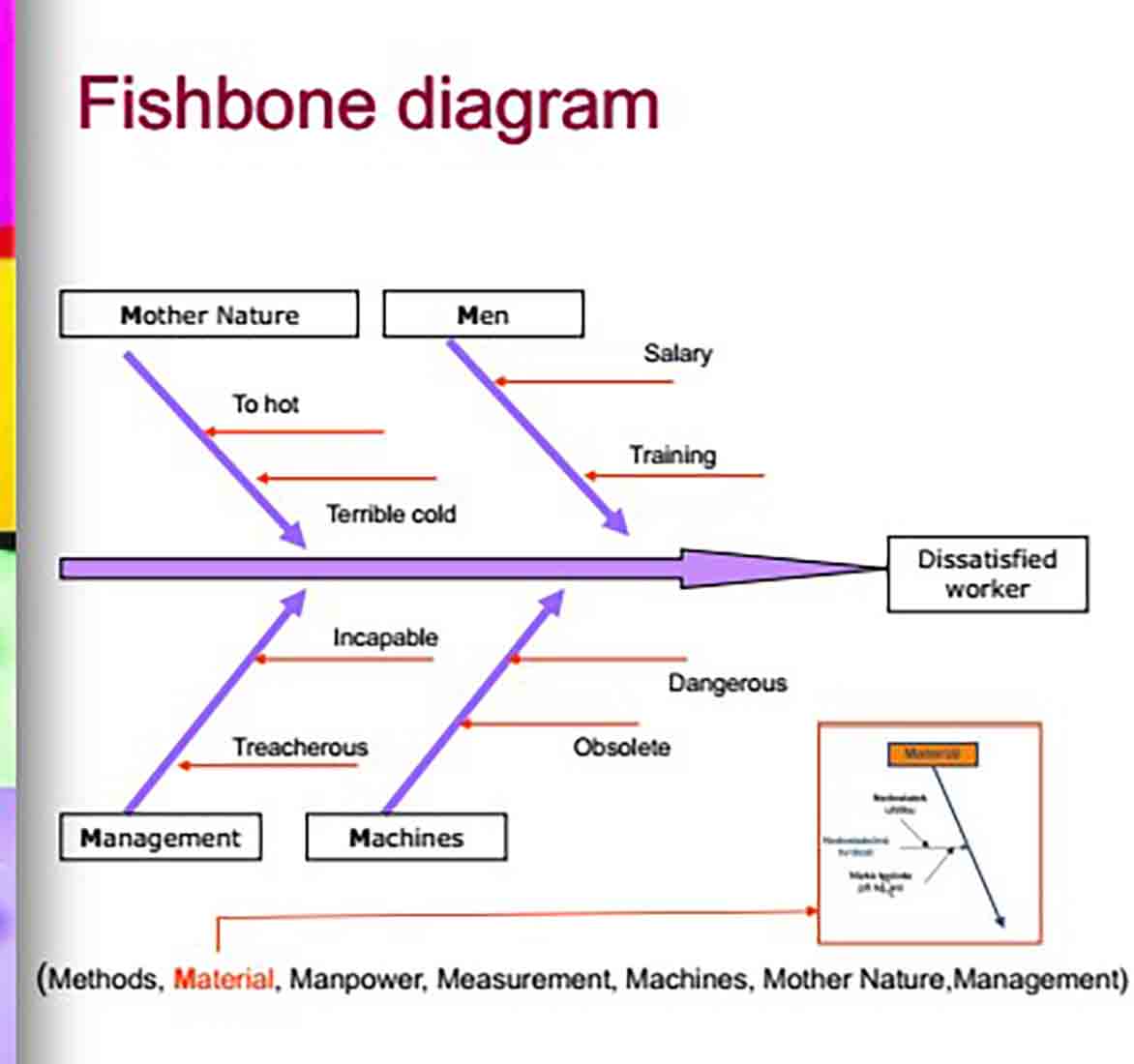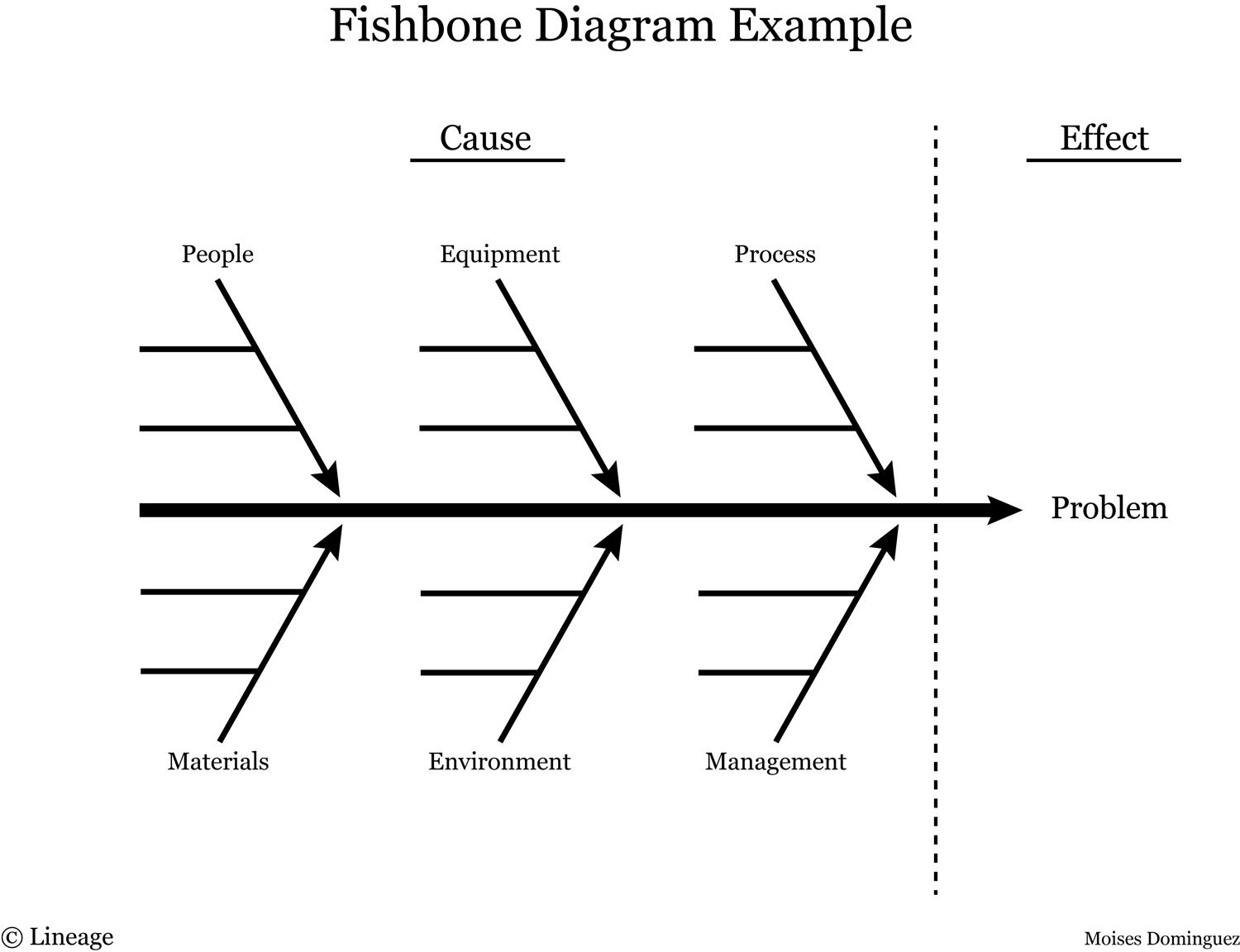

Suppose you're a product manager and have to solve a trend of getting less and less new sign-ups.
#Ishikawa diagram tool how to
Now let's see how to apply this on a practical example. This will depend on your specific problems and identified possible causes. Perhaps you can gather more data/evidence for each root cause candidate or immediately identify the most likely one and quickly try to solve it. We may have ideas flying in from all participants with little rhyme or reasons, and occasionally the ideas connecting. A fishbone diagram helps team members visually diagram a problem or conditions root causes, allowing them to truly diagnose the problem rather than. With the seven basic tools of quality in. Control chart (Shewhart chart) The ability to identify and resolve quality-related issues quickly and efficiently is essential to anyone working in quality assurance or concerned with process improvement. Brainstorming on its own can be a bit chaotic. Cause and effect diagram (fishbone or Ishikawa diagram) Pareto chart (80-20 rule) Scatter diagram. There are many possibilities what you can do at this point. The Ishikawa diagram is a tool that facilitates a collection of potential causes for the variation we are seeing. The diagram now provides a structure for your most important thinking and next steps. The most important step is looking at all the possible root causes and analysing them. So it's important to capture everything that might explain the problem, even if just partially.Īt this point, you should have a complete diagram but no definitive answer yet. Keep in mind that the problem might not have just one root cause but multiple. First principles thinking is useful here including the "Five whys" method. 3) Find possible root causes related to each factorĪsk "Why is this happening?" Write down each idea as a line under the factor it relates to. This tool is also called a cause and effect diagram or an Ishikawa diagram. You can come up with your own factors or you might use generic categories: People, Equipments, Methods, Measurement, Material and Environment.Ĭategorising is very helpful for breaking down complex problems and looking at them from different perspectives. This type of analysis enables you to discover the root cause of a problem. List out the factors/categories that could be contributing to the problem you're solving. Brainstorm the major categories of causes of the problem. 2) Identify contributing factors or categories Fishbone Diagram Procedure Agree on a problem statement (effect). The line will be for adding factors in the next step. Start with defining the problem and then drawing a line to the left or right of it (that's up to your preference).

This can be done in a group as a workshop but also just as well on your own. Building out this diagram consists of few simple steps.


 0 kommentar(er)
0 kommentar(er)
